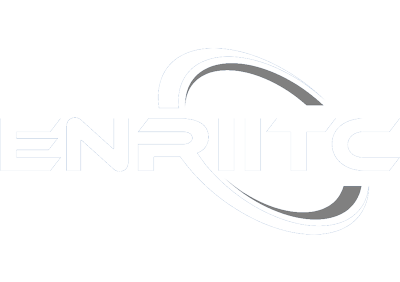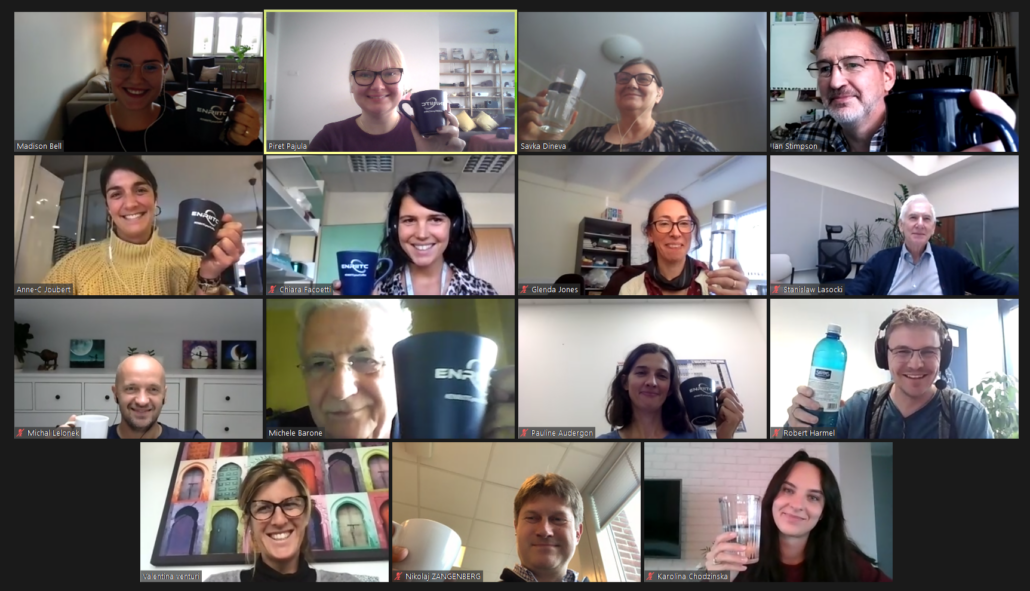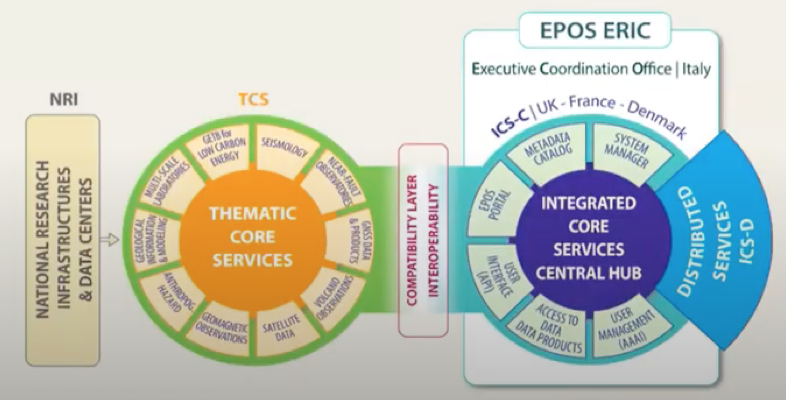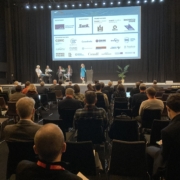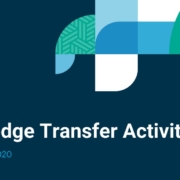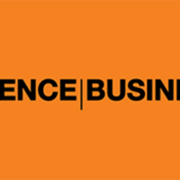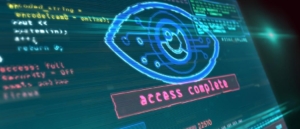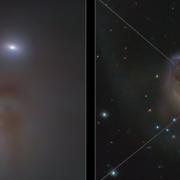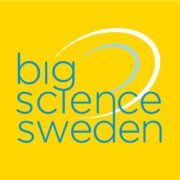#ENRIITCyourCoffee S4:E9 on Connecting Business and Research – Knowledge Transfer in Ireland
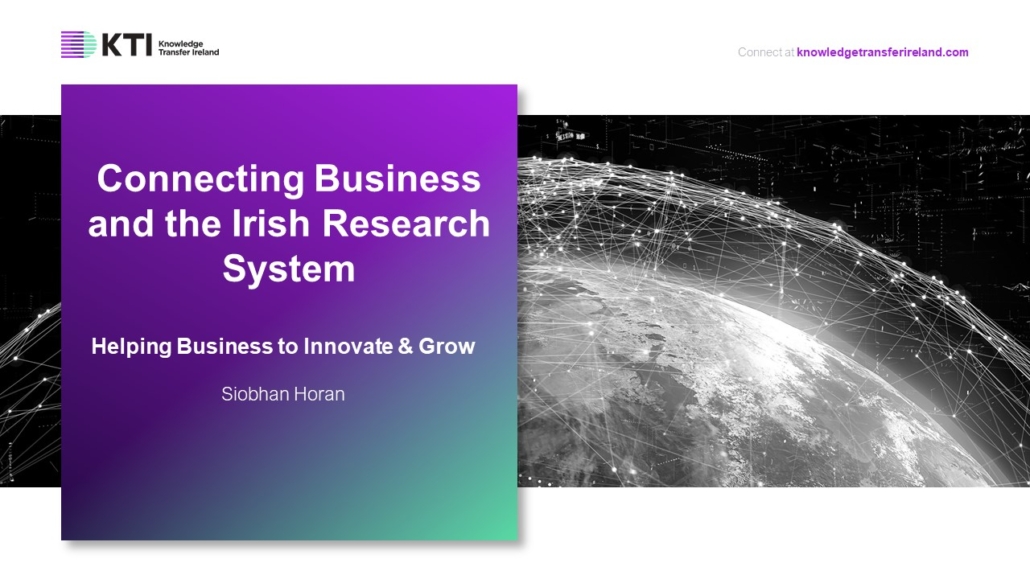
Welcome to the recap of the #ENRIITCyourCoffee season 4 episode 9, dedicated to learn more about how KTI (Knowledge Transfer Ireland) oversees the knowledge transfer community and plays a key role in bringing predictability into the business of engagement between industry and the research base.
The episode was hosted by Siobhan Horan, KTI Industry and Partner Engagement, who opened the session by giving an overview about Knowledge transfer in Ireland, highlighting its main aim which is to simplify as for industry as well as for entrepreneurs the process to benefit from Irish research and expertise. In this sense, KTI oversees the Knowledge transfer system and ensures it is in line with international best practice.
Siobhan also focused on the transparency matter that KTI wants to bring to the Knowledge Transfer system, that’s why all the outputs resulting from the commercialization with the research system are published.
Furthermore, KTI has a central role within the innovation ecosystem in Ireland, working very closely with investors, universities, research infrastructures, associations, researchers, funders, industries and all those who operate among this environment, in order to support and facilitate the interaction between them.

In Ireland, the main funding into the Knowledge Transfer offices is represented by the TTSI program (Technology Transfer Strengthening Initiative), which originally consisted of 34.5 million euros invested on a 5 years basis (2017 – 2021). Currently, it has been extended for an additional year, and it keeps on encouraging through KTI the collaboration between business, the research system and technology transfer offices: all of them have to apply to the TTSI program as consortium partners, that allow them to share knowledge expertise together with commercialization expertise, which make smaller institutes able to benefit from the larger offices and universities.
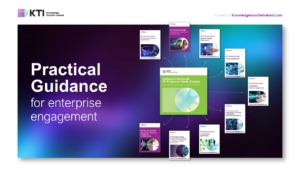 Siobhan also focused on the “Practical Guidance for enterprise engagement”, which is one of the main facilities that KTI offers to industries: it consists in a real guide covering several topics, such as confidentiality agreement, materials transfer, intellectual property, legal issues, collaborative research agreements and more. The document is constantly updated and implemented and is publicly available on KTI website.
Siobhan also focused on the “Practical Guidance for enterprise engagement”, which is one of the main facilities that KTI offers to industries: it consists in a real guide covering several topics, such as confidentiality agreement, materials transfer, intellectual property, legal issues, collaborative research agreements and more. The document is constantly updated and implemented and is publicly available on KTI website.
Furthermore, KTI offers the following:
- A Search facility to find the right research experts, a very useful tool for companies and industries who might not have an existing relationship with universities, but want to find the right academic with skills needed for their ongoing research projects.
- An RD&I funding search, that brings together features from RD&I guide, states support from the government agencies and European funding, by helping the companies to input the stage of development they are, giving them a specific list of all the types of support which might be available according to their structure.
Siobhan concluded her presentation and an interactive Q&A session started after that. If any further questions or clarification concerning KTI might be needed, you can reach out to Siobhan via Siobhan.horan@knowledgetransferireland.com or visit the website www.knowledgetransferireland.com.
Here it can be found KTI presentation!
The recording of the session can be viewed in full below.
